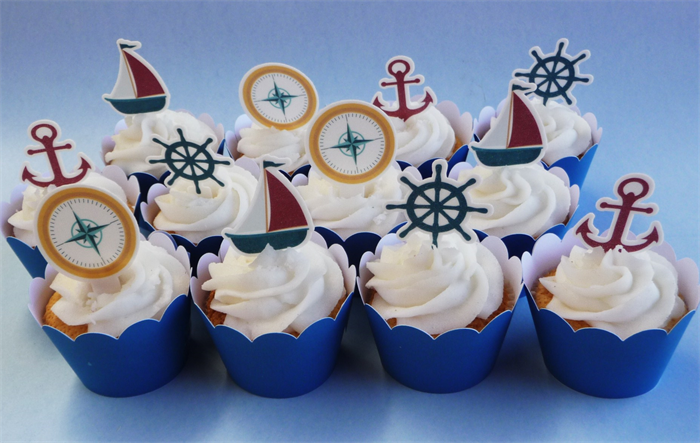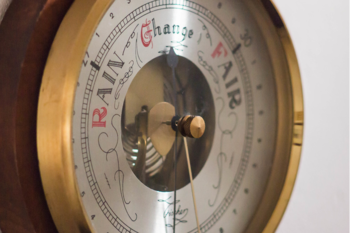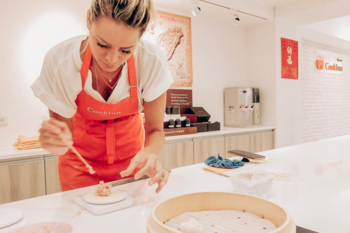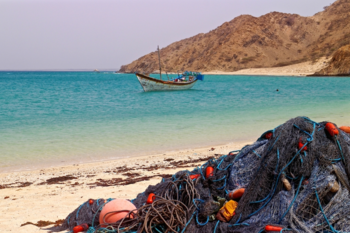Yacht sites and blogs are full of recommendations like «Transatlantic crossings, you can buy food at relatively low cost in the supermarkets of
Boring numbers
Every moment we consume vital energy, which should be constantly replenished. This requires regular and high-quality nutrition, the energy value of which is determined by calories. Depending on age and degree of physical activity an adult needs from 2000-2400 (for women) to 2200-3000 (for men) kilocalories per day. At sea, the load on the body increases significantly, and with them - and the need to replenish the energy spent. As a result, the volume of daily «recharging» also increases, up to 2800-3600 kilocalories.
And this is not surprising: sailing is a rather effective (though little known) way to burn extra calories and thus get rid of the extra kilograms.
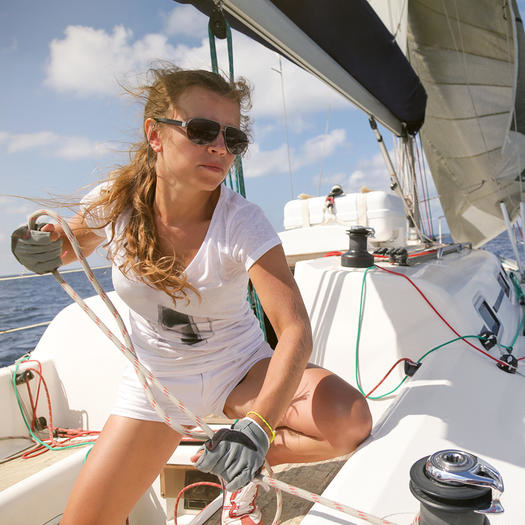
According to calculations of the National Association of Dieteticists of the USA, yachting occupies a worthy place between furniture assembly and car repair by its energy consumption.
Every hour of active yachting a man weighing up to 86 kg spends up to 284 calories from his ENERGY STAFF, and a woman (up to 74 kg) spends 244 calories.
According to the traditional menu, to make up for such losses, average Americans will need to take one of the following medicines every hour:
- ½ «Big Mac hamburger»
- 1 cheeseburger
- 1 medium slice of pizza
- 1 «Snickers bar»
- 2/3 or at least half a blueberry muffin/apple pie
- 2-2.5 large cups of coffee with skimmed milk
Fortunately, there are no McDonald«'s in the sea,» so let's see, given the increased energy costs of yachtsmen, how to compensate them with a nourishing, full and yet delicious meal.
Eat, drink, I don't want to!
For a balanced diet, it is necessary that the boat has not only calorie, but also healthy foods. In addition to the proper combination of carbohydrates, proteins and fats, a set of essential micronutrients (e.g. iron and calcium), vitamins (especially C) and healthy «fats (Omega-3» and similar
If necessary, a precise calculation of the diet, taking into account all these requirements, can be made according to all dietary rules. However, if you are not planning a particularly long voyage (e.g. a round-the-world non-stop
- Dehydrated meat and vegetables, as well as vacuum-packed ready-made meals
- Rice and various pasta products
- Dried fruits
- Crackers, gallets and crisps.
- Canned fish (tuna and salmon)
- Hard cheese
(including cheese sticks) - Canned (condensed or concentrated) milk
- Powder soluble sports
drinks-energy industry
Particular attention (especially for long voyages) should be paid to fresh water supplies. According to World Health Organization specialists' calculations, a person needs at least 30 ml of this life-giving moisture per kilogram of weight.
It's easy to calculate that you and your 60-80kg satellites will need between 1.8 and 2.4 litres of drinking water per day.
In general, this coincides with the practical observations of participants in transoceanic regattas (1.5-2 litres per day). However, it should be noted that in the calculation of reserves according to these minimum standards, fresh water will be used only for food needs, and for everything else (including washing dishes) it will be necessary to use a fence. It should also be remembered that when swimming in hot climates, the minimum comfortable drinking water standards should be increased by at least 15-20%.
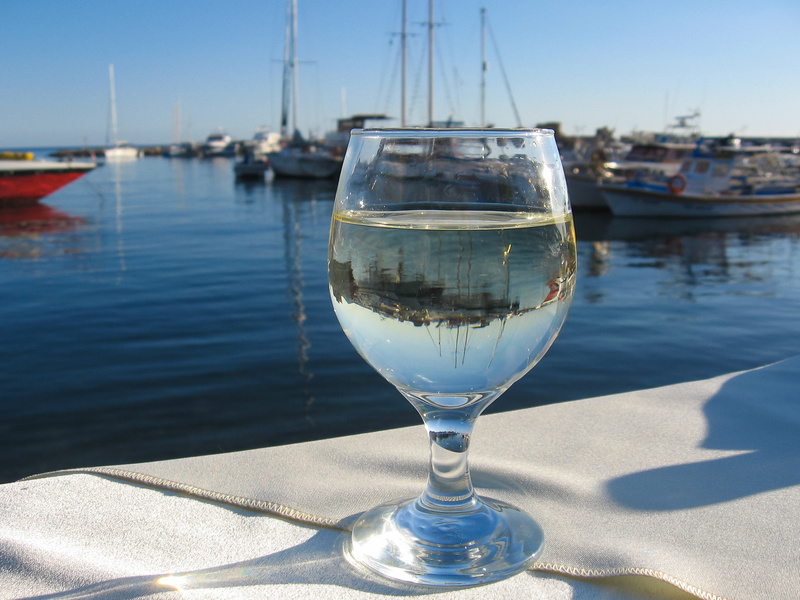
Part of the problem can be solved with the onboard desalination unit. Currently, manufacturers offer a wide range of similar devices with capacity from 20-30 to 300 liters per hour or more. They are adapted for an onboard power supply 12/24v and are compact enough for installation on a boat even the average sizes.
According to the unanimous opinion of yachting professionals, the water from modern desalters is no different from ordinary purified water, so it is possible to drink it without risk for health.
However, a psychological factor remains: the water from a desalination plant may seem too fresh«(»especially from an unaccustomed habit) - i.e. artificially impoverished with trace elements that are essential for maintaining normal metabolism. Besides, at long transition in storm conditions the technician can fail. So to avoid psychological discomfort and risks to experience thirst in the middle of the ocean, it is advisable even in the presence of a desalter to take care of the full filling of drinking water tanks, as well as to provide an emergency stock of life-giving moisture in plastic containers.
It is worth noting that alcoholic beverages (even low-alcoholic beverages) contribute to the increased removal of moisture from the body and generally stimulate thirst instead of quenching it.So step on your bad habits (if any) and take a couple of kilos of juicy fruits or vegetables into the sea instead of packing too much beer.
The secrets of the sea menu
Competent planning of food allows to avoid two extremes: to remain by the end of sailing on dry (or even on hungry) rations with a minimum choice of products and drinks or at delivery of a boat to leave a heap of generously paid, but never used food. Do not forget about possible gastronomic restrictions, which can be caused by both the features of the body and the taste preferences of your friendly team members. Of course, most sailing enthusiasts are real sea wolves who can eat and (especially) drink anything, but... As practice shows, not everyone can boast of absolute health. Vegetarians, meat-eaters, allergicists, lactose intolerant people, etc. may find themselves in one boat. - and each of them expects to get the most out of the trip and not cause its early termination.
By the way, sometimes even limited seafood diets contribute to the successful cure of the most severe diseases - this is how the famous
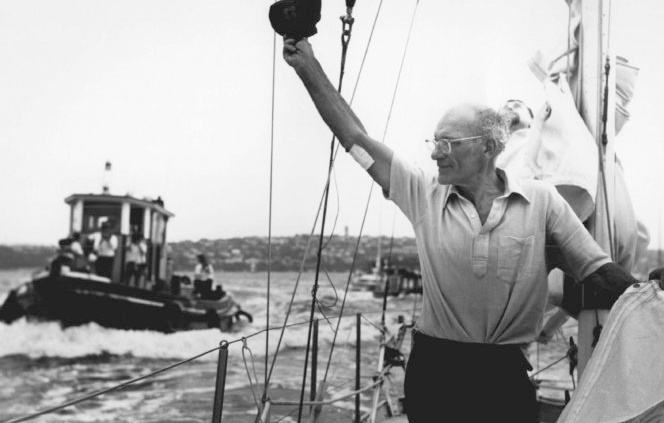
And to avoid unpleasant surprises at sea, the health features of all crew members and their tastes should be known in advance (feel free to report them before going out to sea) and certainly taken into account when preparing the menu. By the way, it is from him (and not from the list of products) professionals strongly recommend to start preparing the gastronomic side of your swim. For example, Julian Sincock, who, as captain of the Swan 51, crossed the Atlantic more than 12 times during the Atlantic Rally for Cruisers (ARC), attracts professional chefs to develop the menu in advance
Having made the layout of products at the rate of three meals a day for 12 people for 16 days, plus emergency stock for 2-3 days, the young cook gets the opportunity to implement it in practice already as a ship's coca. The advantages are obvious - you do not spend money on extra products and the crew is guaranteed to receive a full variety of meals, taking into account all individual features.
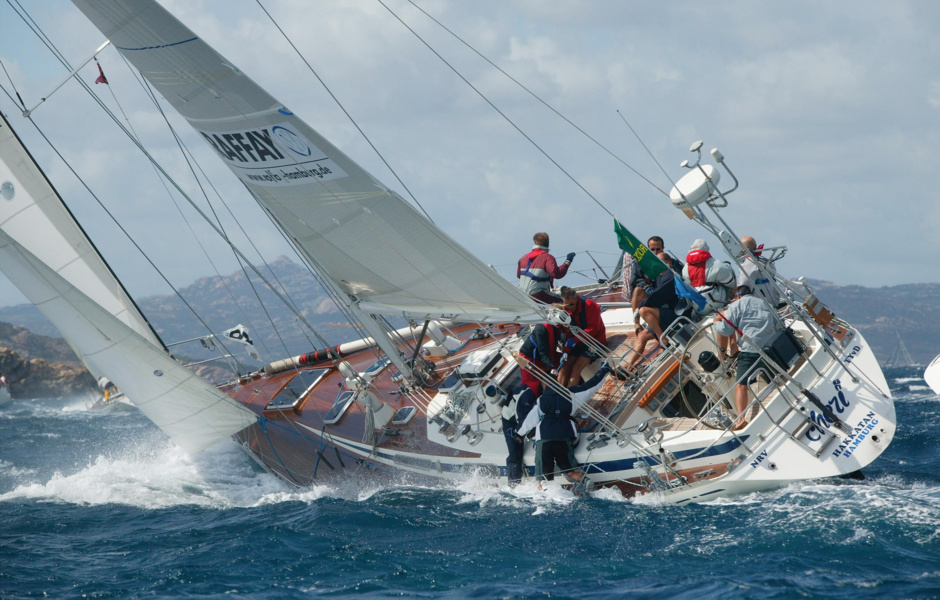
The basic element in diet planning is red meat (beef) at the rate of 125 g per person in one meal.
However, taking into account the different appetite of a dozen people on board, if necessary, wishing can get portions and in 200-250 g. Meat is pre-cut into steaks, spread out on 800-gram packages
In addition to meat - the main source of protein - it is recommended to pay attention to the stock of fruits and vegetables. These should be purchased last (a day or two before going out to sea), and it is better to do it not in a shop, but in local markets. The matter is that even short-term cooling in supermarket storehouses risks to accelerate their deterioration and reduce storage time on board. It is possible to relieve market fruits and vegetables from insect larvae (and at the same time to disinfect without loss of taste qualities), having immersed them in a weak solution of potassium permanganate (manganese). By the way, it is advisable to buy both vegetables and fruits in varying degrees of maturity to consume as they mature, rather than puzzle over what to do with a simultaneously spoilt harvest.
And finally, what to eat in stormy weather? If you're lucky and your marine sickness only manifests itself in the form of an increasing appetite, you'll need ready-made dishes (frozen or vacuum-packed), which can be quickly heated in the microwave. Sets of ready meals for lunches and dinners will help the most stable qualitatively to eat even in the rough sea and at the same time will save time and forces to non-standard coca - after all, cooking at the rally is difficult and not too pleasant.
In the case where the stomach riots and flatly refuses to take even delicacies, you will help crackers, crackers, gallets, chips, in short - any crisps, preferably with spicy additives.
As the latter you can use salt and other spices, various cheese smears and sauces - your own body will tell you the specifics of each case. As practice shows, a good addition to all crispy vegetables will be the simplest vegetable salads with sweet and sour
Simple and delicious sea sickness remedies
The biggest bowl of salad like this should be placed in a public place: loaded a spoonful, crunchy with crispy bread and - revived! Hard apples, pickles and slices of lemon also help well from sea sickness. By the way, the well-known sea recipe of the XVIII century recommends to swallow a small piece of ham tied to a thread (obviously, for possible multiple repetition) to fully stabilize the stomach and excite the appetite in fresh weather. However, for all its centuries-long proven effectiveness and undeniable cost-effectiveness, this method seems too radical nowadays.
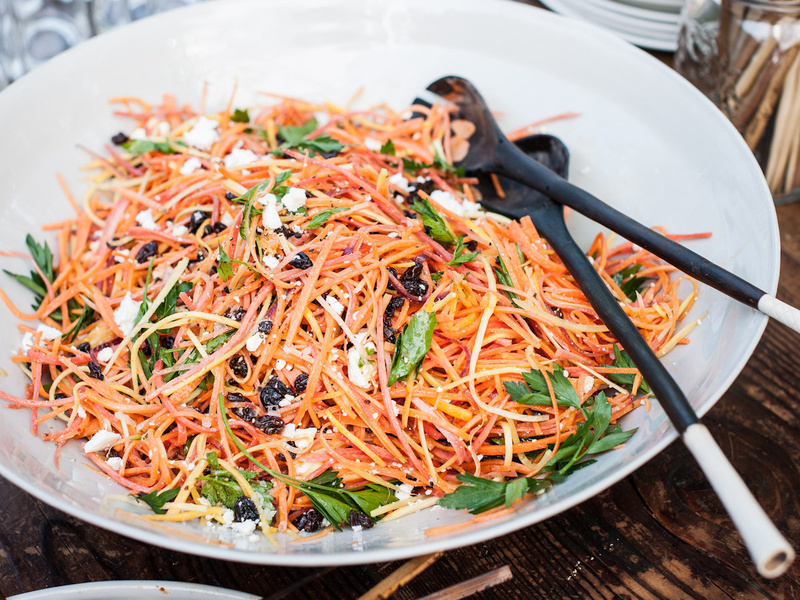
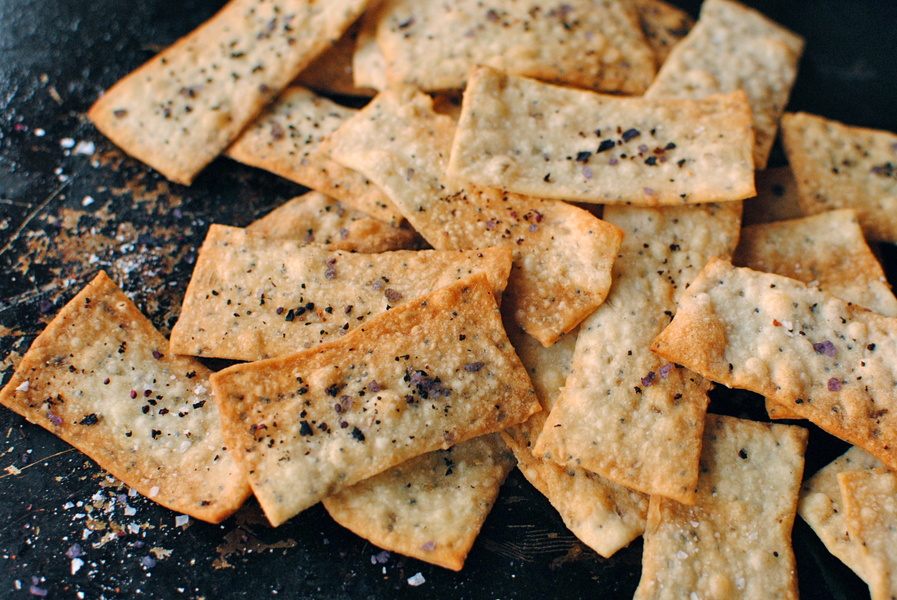
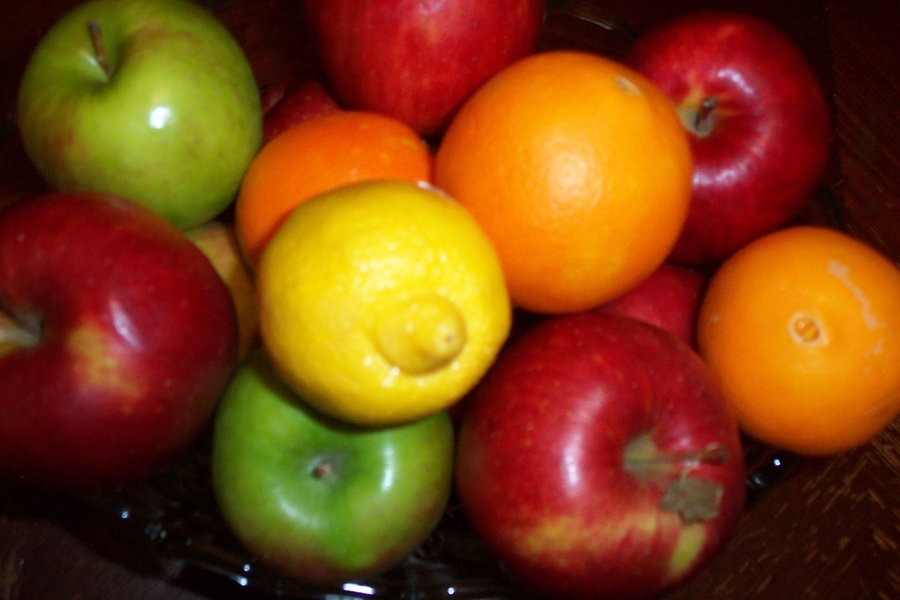
If you do not have the opportunity to involve a professional chef in the compilation of the menu for the hike and its subsequent implementation - do not despair! Get together with the whole team and brainstorm a culinary assault, taking into account the recommendations of professional yachtsmen as well as your own intuition and experience. Check the results of such gastronomic planning in practice and make the necessary adjustments, which will certainly prompt your stomach!
For an example, below is a menu of a real seven-day walk-through where you will find both a gala feast on the day of departure and a lunch of all kinds at the end of the journey.
Tea, coffee and «snacks in the mood» are implied but not included in the main menu. The amount of drinking water in bottles is shown as an addition to the full main stock in on-board tanks.
A sample menu for a seven-day four-day cruise
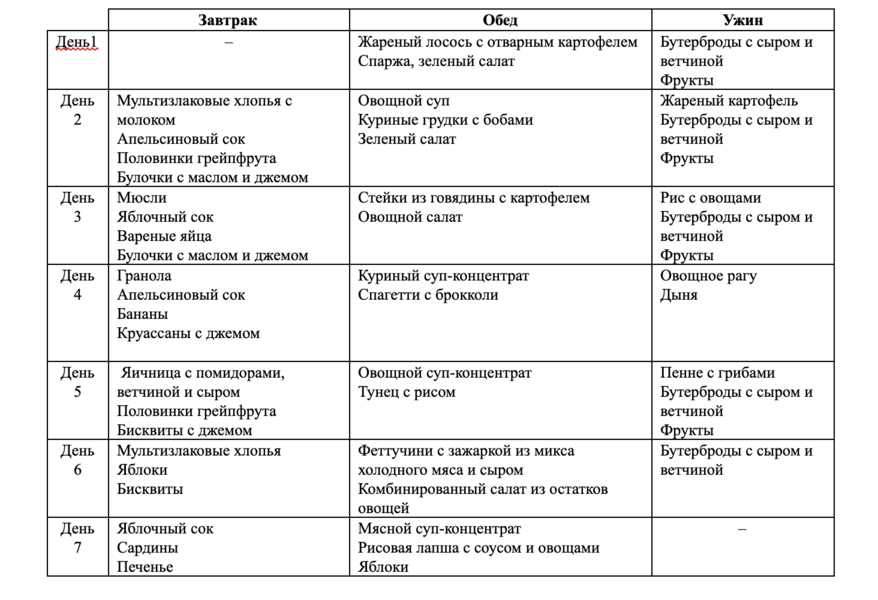
And now it is logical to move from the menu to the list of products, with which we will go to the supermarket and the market.
Shopping list for seven days swimming for four people
Meat
- 1kg fresh fish (salmon)
- 8 cans of tinned fish (sardines, tuna)
- 1.2 kg of beef (cut into steaks)
- 1.5 kg of chicken breasts
- 1.5 kg of smoked meat (ham, turkey, basturma, etc.
)
Eggs and dairy products.
- 12 eggs
- 5 litres of skim milk for breakfast cereals
- 1.2 kg of hard cheese (preferably of different varieties - e.g. Cheddar, Swiss, Gauda)
- 300 g of soft cheese
- 200 g of grated cheese (Parmesan)
- 0.5 kg butter.
Vegetables and fruits
- 2 large spinach beams
- 2 large bundles of green and/or red salad.
- 4 large corn cobs
- 1 kg of fresh green beans
- 1.5 kg of broccoli cabbage
- 2-3 medium white cabbage cabbage pockets
- 1 kg asparagus
- 2 lemons
- 1 large garlic bulb
- 0.5 kg of onions
- 1 kg of carrots
- 300 g of fresh mushrooms
- 6 large tomatoes
- 1.5-2 kg bananas
- 1 kg of strawberries or cherries
- 2 middle melons
- 2 kg of grapefruits
- 3 kg of apples
- 6 kg of potatoes
Baked goods
- 1 kg of white bread
- 1 kg of wholemeal or pomegranate bread
- 1 kg of rye bread
- 12 buns
- 12 croissants
- 3 large boxes of dry breakfast (corn flakes, granola, muesli)
- 1 big bag of potato chips
- 1 large bag of corn chips
- 8 large cracker packs/gallets
- 1 middle pack of cookies
- 12 biscuits/muffins
Other products
- Tea in bags (40 pcs.).
- 200 g ground coffee
- 2 kg of pasta (spaghetti, fetuccini, penne)
- 2-3 middle bottles of various sauces (ketchup, chili, salsa)
- 1 pack of cream for sauce.
- 3 large packages/tanks of various soup concentrates
- 2 tins of tinned beans
- 2 tins of tinned corn
- 2 tins of tinned tomatoes
- 1 salad dressing jar
- Little jar of mustard
- Medium can of mayonnaise
- 4 l of orange juice
- 4 l of apple juice
- 0.5 kg of rice noodles
- 2 kg of rice
- 2 medium jars of berry jam
- 3×6 cans of carbonated soft drinks
- 2×6 cans of iced tea
- 20 litres of drinking water in 1-2 litre bottles (emergency reserve)
- 0.5 kg sugar
- 0.5 l of olive or sunflower oil
- 1 small package of salt
- Pepper and other spices in assortment
Housekeeping details
- 2 rolls of paper towels
- 1 small package of food film
- 1 small package of baking foil
- Pack of paper napkins (50 pcs.)
- Matches
Bon appetite and happy swimming!


